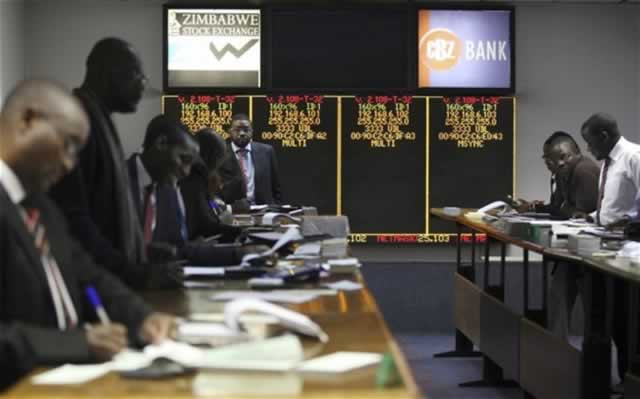Walvis Bay dry port facility 90 percent complete

 Business Reporter —
Business Reporter —
Phase one construction of the Walvis Bay dry port facility is now 90 percent complete following Government’s move to provide funds for the project, Road Motor Services managing director Cosmos Mutakaya said.
Road Motor Services, a subsidiary of the National Railways of Zimbabwe, is spearheading the construction of the port in partnership with the Walvis Bay Corridor Group and the Namibian Port Authority.
In September 2009, the Namibian government granted Zimbabwe 19 000 square metres of land to construct its own dry port that is expected to boost the country’s trade but due to financial constrains the project failed to take off.
“The construction works on phase one of the Walvis Bay dry port facility are now 90 percent complete and this was due to the intervention made by Government.”
The project has potential to open a strategic gateway to the sea for Zimbabwe.
Trade for Zimbabwe via Walvis Bay has increased in the past few years and a large percentage of commodities have been transported along this corridor.
Zimbabwe’s trade volumes through the Port of Walvis Bay have grown significantly to about 2 500 tonnes per month and Walvis Bay Corridor serves as a real alternative to link Zimbabwe to Europe, North America as well as South America.
Zimbabwe had been facing challenges in making payments to the WBCG, (the company responsible for the construction of the port) and operations had to be stopped pending clearance of some outstanding fees.
There are also two other choices of corridors which is the Trans-Kalahari or Trans-Caprivi corridors. Both corridors are currently road-based, but the proposed new Trans-Kalahari railway from Botswana to Namibia is likely going to be linked to Bulawayo.
Botswana also partnered Zimbabwe and Mozambique for a shorter project linking its coalfield with Mozambique for the construction of a new deep-water port in southern Mozambique and a rail system linking Botswana, Zimbabwe and Mozambique.
The initial deal involving Namibia was supposed to link trade through Botswana with South Africa to the south, Namibia to the west, Zambia and Angola to the north-west, and Zimbabwe to the north, making it a prime network for the Southern African Development Community region.
Botswana’s deal with Zimbabwe and Mozambique will be 400 kilometres shorter and will cost $2 billion less than the one with Namibia.









Comments